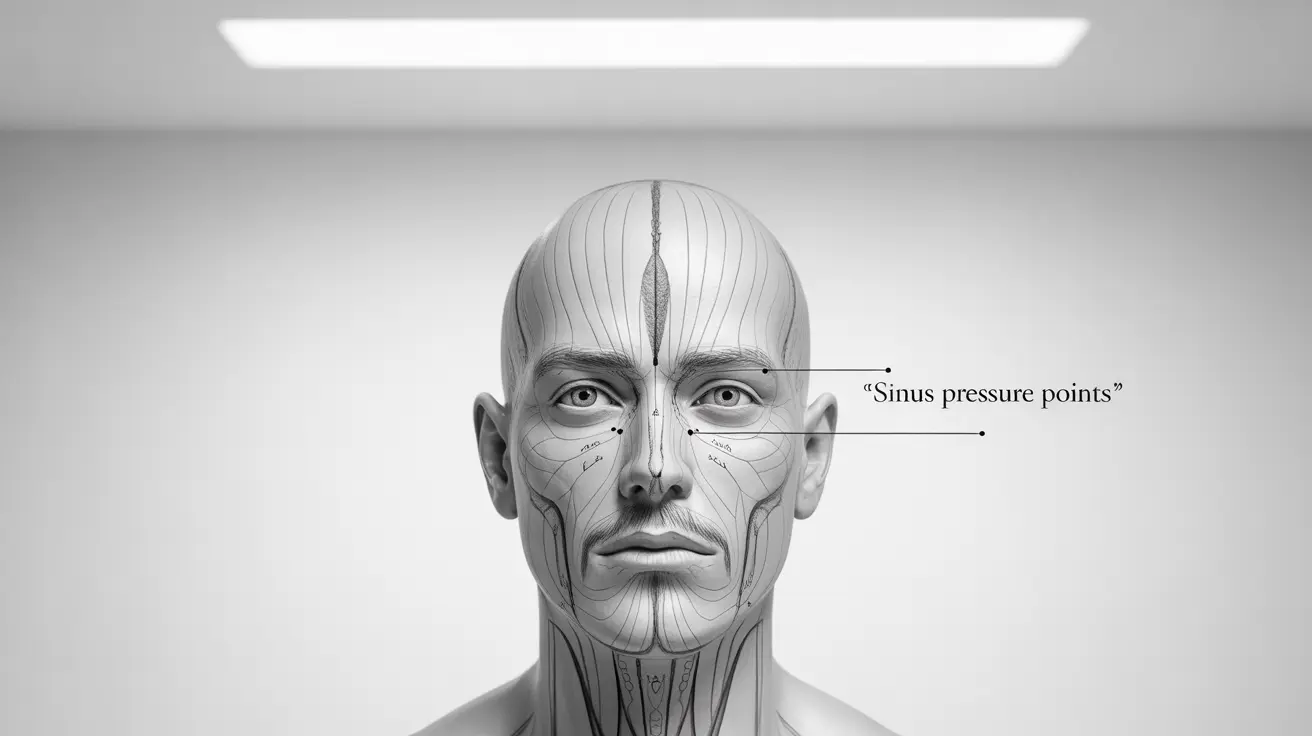If you've ever experienced pressure and pain around your face and forehead, you might be dealing with a sinus headache. These uncomfortable headaches occur when your sinuses become inflamed or congested, leading to distinctive symptoms that can impact your daily activities. Understanding what a sinus headache feels like and how to identify it properly can help you seek appropriate treatment and find relief.
In this comprehensive guide, we'll explore the characteristic symptoms of sinus headaches, how to distinguish them from other types of headaches, and effective ways to manage the discomfort.
Identifying Sinus Headache Symptoms
Sinus headaches have several distinctive characteristics that set them apart from other types of headaches:
- Deep, constant pressure in the cheekbones, forehead, and bridge of the nose
- Pain that typically worsens when bending forward or lying down
- Tenderness when touching the affected sinus areas
- Sensation of fullness in the face
- Pain that's usually worse in the morning
The location of sinus headache pain directly corresponds to the affected sinus cavities. You might experience discomfort in multiple areas, including behind the eyes, in your cheeks, or across your forehead.
Common Causes and Triggers
Understanding what triggers sinus headaches can help you prevent them or seek appropriate treatment. Common causes include:
- Sinus infections (sinusitis)
- Seasonal allergies
- Common cold or flu
- Changes in atmospheric pressure
- Environmental irritants
- Nasal polyps
Many people experience sinus headaches during seasonal changes or when exposed to specific allergens. Identifying your personal triggers is crucial for managing these headaches effectively.
Distinguishing Sinus Headaches from Migraines
It's important to note that many people who believe they have sinus headaches may actually be experiencing migraines. Key differences include:
Sinus Headache Characteristics
- Pain typically accompanies nasal congestion
- Usually occurs with other sinus symptoms
- Pain improves as sinus congestion clears
Migraine Characteristics
- May include nausea and sensitivity to light
- Can occur without nasal symptoms
- Often accompanied by throbbing pain
- May have trigger points unrelated to sinus pressure
Treatment Options and Home Remedies
Several treatment approaches can help relieve sinus headache symptoms:
Medical Treatments
- Decongestants
- Antihistamines
- Nasal corticosteroids
- Antibiotics (if bacterial infection is present)
Natural Relief Methods
- Steam inhalation
- Nasal irrigation with saline solution
- Warm compress application
- Staying hydrated
- Gentle facial massage
Frequently Asked Questions
What does a sinus headache feel like and where is the pain usually located?
A sinus headache typically feels like deep pressure and pain in the forehead, cheekbones, and bridge of the nose. The pain corresponds to the location of your sinus cavities and often feels worse when you bend forward or lie down.
How can I tell the difference between a sinus headache and a migraine?
Sinus headaches usually occur with nasal congestion and other sinus symptoms, while migraines often include nausea, light sensitivity, and throbbing pain. Sinus headache pain typically improves as congestion clears, unlike migraines.
What are the common causes and triggers of sinus headaches?
Common triggers include sinus infections, seasonal allergies, common cold, changes in atmospheric pressure, and environmental irritants. Identifying personal triggers can help prevent future episodes.
What treatments or home remedies help relieve sinus headache pain?
Effective treatments include decongestants, antihistamines, nasal corticosteroids, and antibiotics when needed. Home remedies like steam inhalation, saline nasal irrigation, warm compresses, and staying hydrated can also provide relief.
When should I see a doctor if I suspect I have a sinus headache?
Seek medical attention if your headache persists for more than a week, is accompanied by severe symptoms, or if over-the-counter treatments aren't providing relief. Also consult a doctor if you experience frequent headaches or develop a fever.




